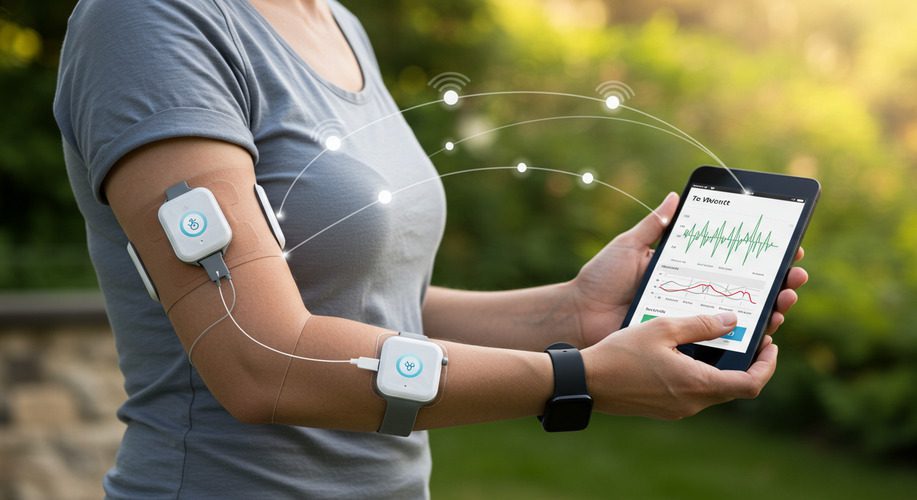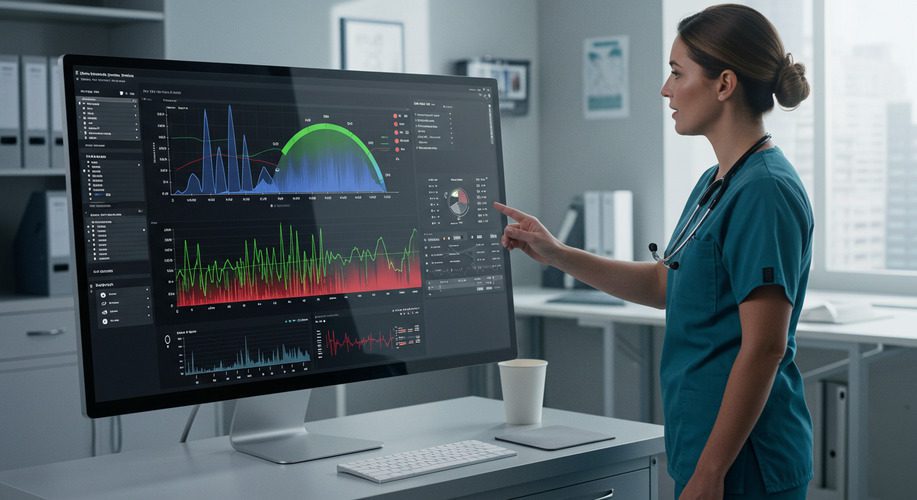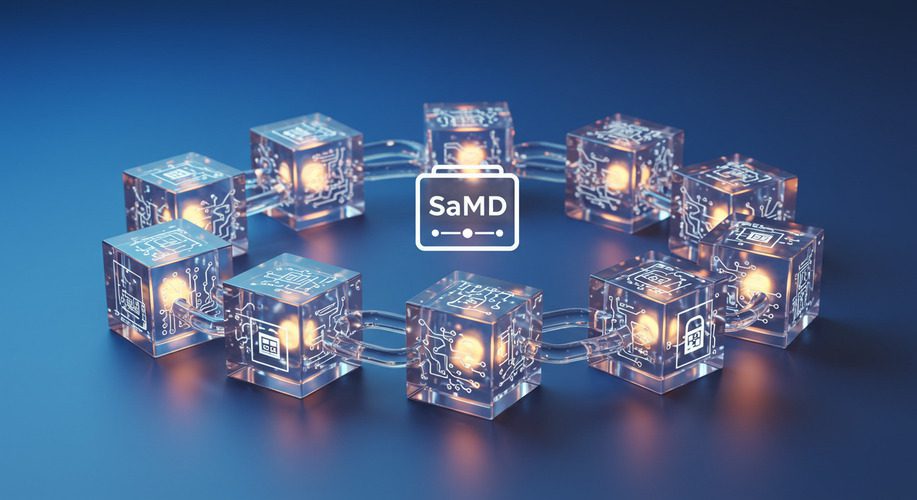The Software as a Medical Device (SaMD) landscape is evolving rapidly, driven by advancements in technology and an increasing focus on personalized, accessible, and efficient healthcare. From AI-enabled diagnostics to wearable technology and global health initiatives, the opportunities in SaMD are vast and growing. This guide explores key trends and emerging opportunities for SaMD and MedTech in 2025, helping you stay ahead in this competitive and innovative industry.
1. Why the Future of SaMD is Promising
1. Increased Adoption of Digital Health Solutions
- The COVID-19 pandemic accelerated the adoption of digital health technologies, creating a strong foundation for continued growth.
- Patients and providers now demand SaMD solutions that enable remote care and real-time monitoring.
2. Regulatory Adaptations for Innovation
- Regulatory bodies like the FDA and MDR are evolving their frameworks to accommodate cutting-edge technologies, including AI and adaptive algorithms.
Related: Regulatory Innovation in SaMD: How Global Standards Are Evolving
2. Key Opportunities for SaMD in 2025
1. Advancements in AI and Adaptive Algorithms
- Applications: AI-driven diagnostics, predictive analytics, and personalized treatment plans.
- Example: Adaptive AI algorithms that learn from real-world evidence (RWE) to improve performance over time.
2. Expansion of Wearable Technology
- Applications: Continuous monitoring of vital signs, chronic disease management, and fitness tracking.
- Example: Wearables that integrate seamlessly with SaMD platforms for real-time health insights.
3. Addressing Global Health Challenges
- Applications: SaMD solutions designed for underserved regions, improving access to diagnostics and treatment.
- Example: Mobile-based SaMD tools for infectious disease management in developing countries.
4. Integration with IoT Ecosystems
- Applications: IoT-enabled SaMD for remote monitoring and data-driven decision-making.
- Example: Connected devices that track patient health and automatically sync data with clinicians.
Related: Harnessing IoT for Improved Compliance and Monitoring in SaMD
3. Preparing for Emerging Trends
1. Focus on Scalability
- Build SaMD platforms that can handle large-scale data processing and integrate with multiple devices.
- Use cloud-based infrastructure to support growth and innovation.
2. Embrace Interoperability
- Adopt standards like HL7 and FHIR to ensure seamless data exchange between SaMD solutions and healthcare systems.
3. Prioritize User-Centric Design
- Engage clinicians, patients, and other stakeholders early in the design process to create intuitive, effective solutions.
Related: The Role of Predictive Analytics in SaMD for Proactive Healthcare
4. Challenges to Consider
1. Cybersecurity Risks
- Challenge: Protecting patient data in increasingly interconnected systems.
- Solution: Implement robust encryption, secure APIs, and multi-factor authentication.
2. Regulatory Complexity
- Challenge: Navigating evolving global standards for SaMD.
- Solution: Collaborate with regulatory experts and stay informed about changes in compliance requirements.
3. Data Bias and Accessibility
- Challenge: Ensuring AI models are trained on diverse datasets to avoid bias.
- Solution: Use real-world evidence and continuous monitoring to validate fairness and accuracy.
Related: Emerging Cybersecurity Trends for SaMD in 2025
5. Future Directions for SaMD
1. Decentralized Healthcare
- SaMD solutions will enable more decentralized healthcare delivery, bringing advanced diagnostics and monitoring to remote areas.
2. Convergence of AI, IoT, and Blockchain
- Combining these technologies will enhance security, scalability, and the accuracy of SaMD solutions.
3. Focus on Preventive Care
- Predictive analytics and early diagnostic tools will shift the focus of healthcare from treatment to prevention.
Related: Advanced AI/ML Models for SaMD: Risks and Rewards
Conclusion
The future of SaMD is brimming with opportunities, from AI-driven innovations to global health solutions and wearable technology. By staying attuned to these trends and preparing for challenges like cybersecurity and regulatory changes, you can position your SaMD solutions as leaders in the MedTech landscape. Embrace these emerging opportunities to drive impactful, patient-centered innovation.
For further insights, explore related articles:
Prepare your SaMD solutions for 2025 and beyond to redefine the future of healthcare innovation.





